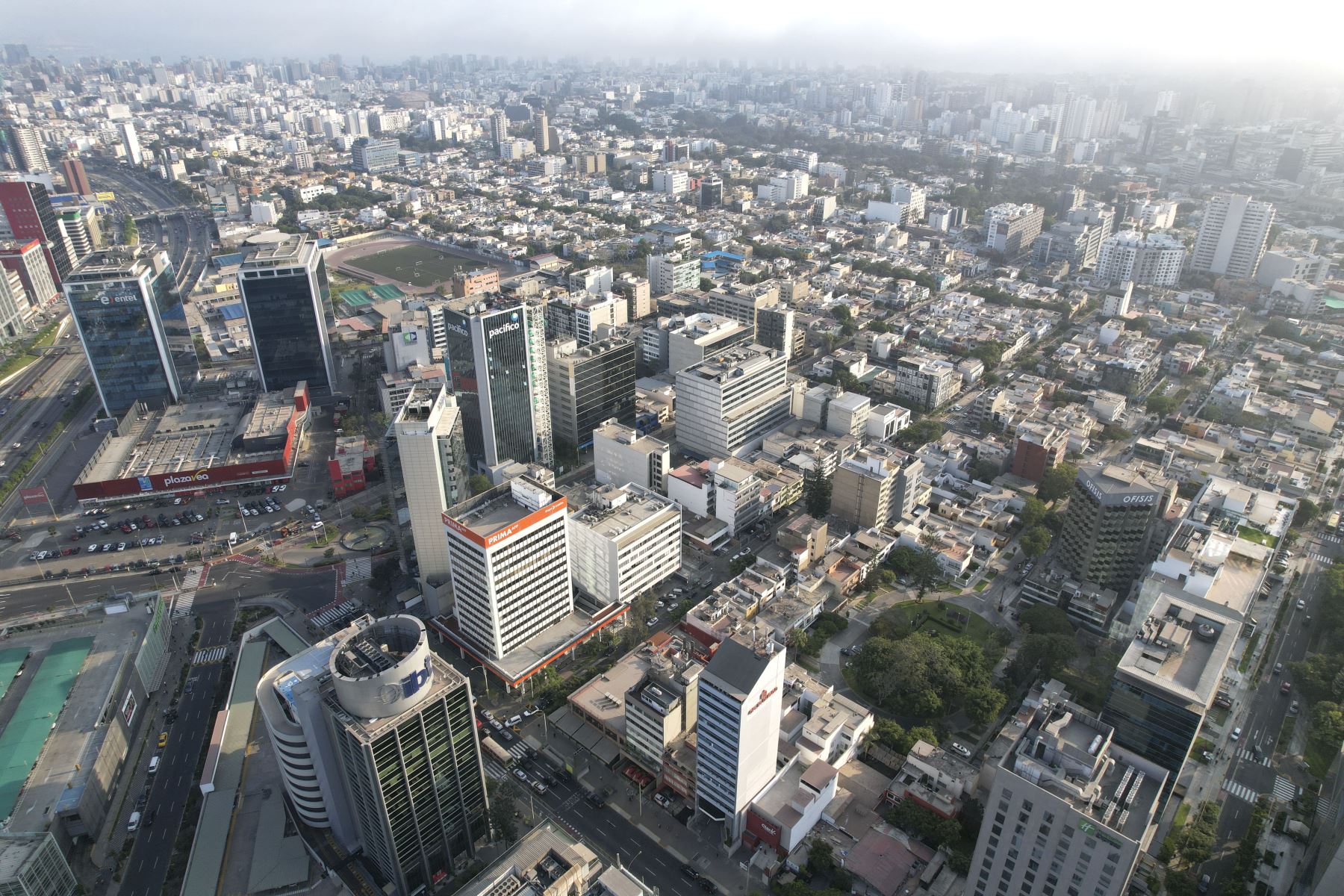World Bank: Peru to maintain dynamism and grow 2.9% in 2025

Photo: ANDINA/Melina Mejía
The World Bank projected that Peru's economic growth will maintain a favorable trend this year and would rise by 2.9% in 2025, thereby recording the third-highest expansion among South American countries.
Published: 4/23/2025
However, the Bank warned that Latin America will be the region with the lowest growth globally this year, with an advance of 2.1%, highlighting low investment, high indebtedness, and global volatility as obstacles to its development, according to AFP.
In a preview of the report on Latin America and the Caribbean, the international financial organization expressed concern about trade tensions caused by the tariffs imposed by U.S. President Donald Trump.
Within this framework, the World Bank forecasted regional economic growth of 2.1% for this year and 2.4% for 2026, but unlike the International Monetary Fund (IMF), it did not foresee an economic contraction in Mexico, but rather stagnation.
For 2025, it projected economic growth in Brazil (+1.8%), Argentina (+5.5%), Colombia (+2.4%), Chile (+2.1%), Ecuador (+1.9%), Bolivia (+1.2%), the Dominican Republic (+4%), El Salvador (+2.2%), Costa Rica (+3.5%), Panama (+3.5%), Paraguay (+3.5%), Nicaragua (+3.4%), and Uruguay (+2.3%).
On the other hand, the international financial organization projected economic contraction in Haiti (-2.2%).
"Higher tariffs, and the highest levels of trade uncertainty in a decade, impede further integration of the region into US supply chains, as well as imperiling jobs in export-related industries," the World Bank warned.
Fiscal deficit
On the fiscal front, the World Bank noted that public spending "remains high" and deficits "considerable."
Overall, progress in reducing debt remains limited: the debt-to-GDP ratio rose to 63.3% in 2024 (compared to 59.4% in 2019), it stated.
It also affirmed that poverty reduction continues to advance, but at a slower pace.
"Estimates for 2024 indicate that monetary poverty is expected to decrease marginally to 24.4 percent of LAC's population from 25.0 percent in 2023," the World Bank projected. However, it anticipated that inequality will remain high.
"The global economic landscape has changed dramatically, marked by higher levels of uncertainty," World Bank Vice President for Latin America and the Caribbean Carlos Felipe Jaramillo said, as quoted in a statement.
"Countries must recalibrate their strategies and advance bold and practical reforms that boost productivity, competitiveness (…)," he added.
(END) NDP/JJN/JMP/MVB
Published: 4/23/2025
Most read
-
Conoce el cronograma 2025 de pagos de sueldos y pensiones en el Estado
-
Fonavi 2025: verifica en este link si eres beneficiario del tercer grupo de reintegro
-
Google celebra la "media luna" y así puedes jugar con el doodle en el buscador
-
Nuevo aeropuerto Jorge Chávez: ingreso es exclusivamente por la av. Morales Duárez
-
Nuevo Aeropuerto Internacional Jorge Chávez: así fue el arribo del primer vuelo [fotos]
-
CTS 2025: ¿Qué bancos, cajas y financieras ofrecen las mejores tasas de interés?
-
Cajamarca supera meta de la Semana de Vacunación en las Américas al aplicar 55,077 dosis
-
Taste Atlas: lomo saltado y arroz chaufa entre los mejores platos salteados del mundo
-
Invertirán S/ 3 millones para realizar investigación arqueológica en sitio Marcahuamachuco
-
Papa León XIV: liderazgo de monseñor Robert Prevost inspiró a migrantes a salir adelante